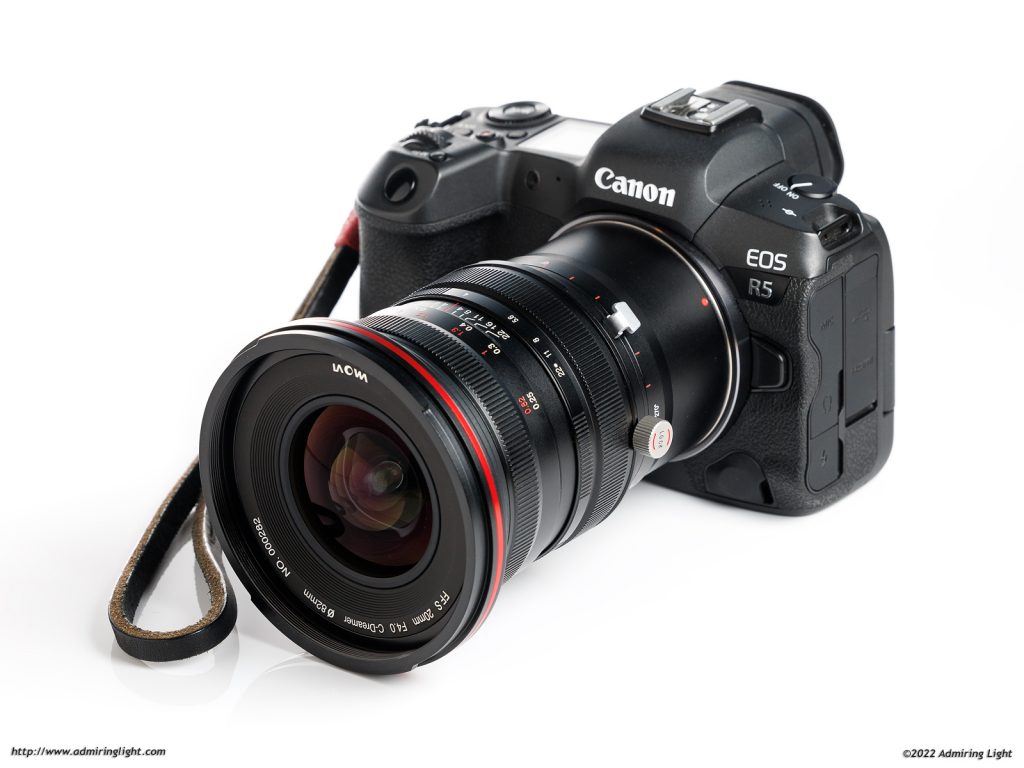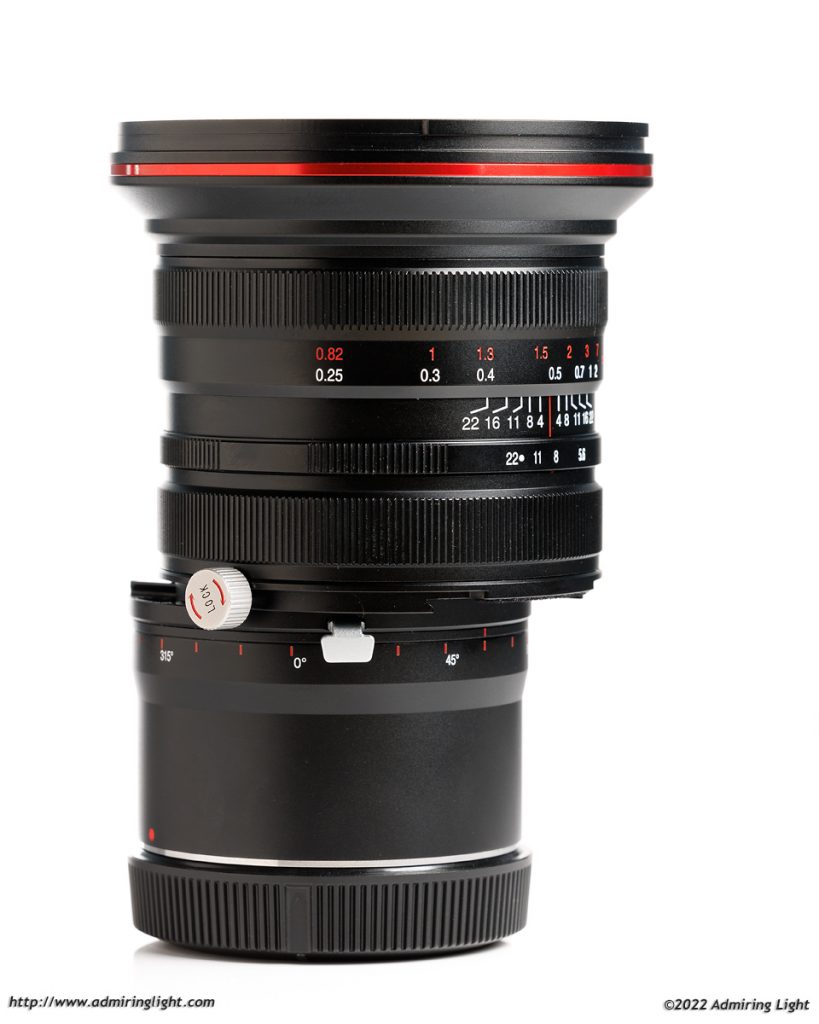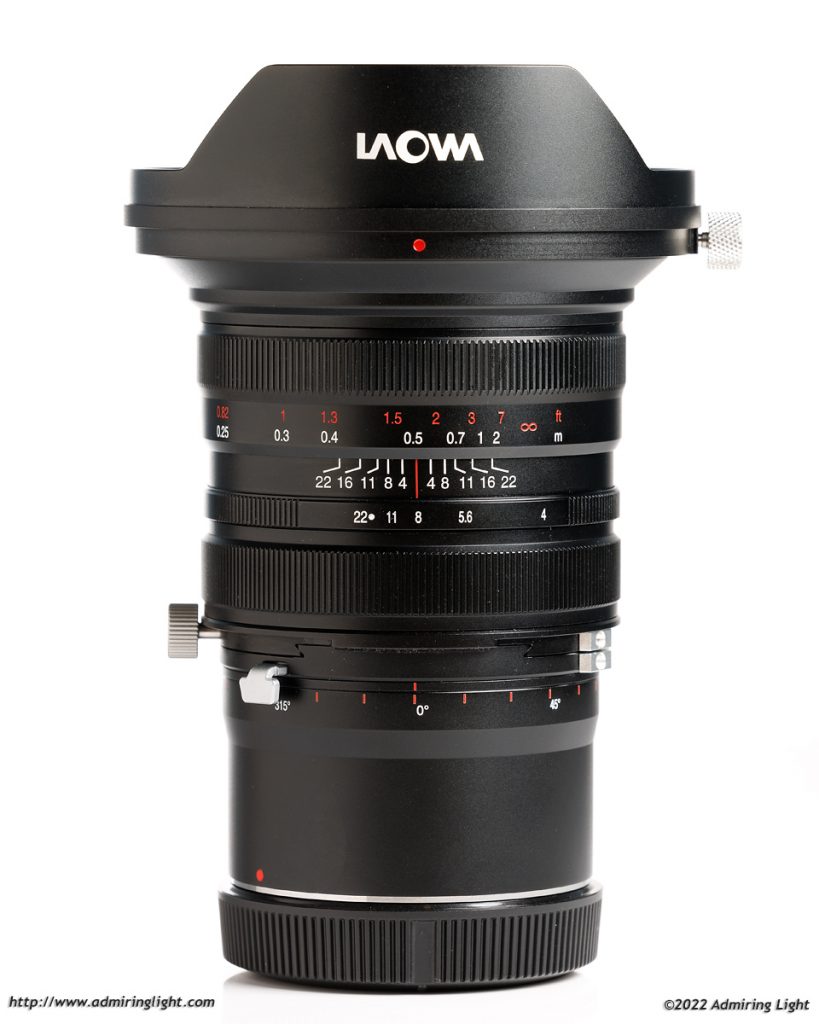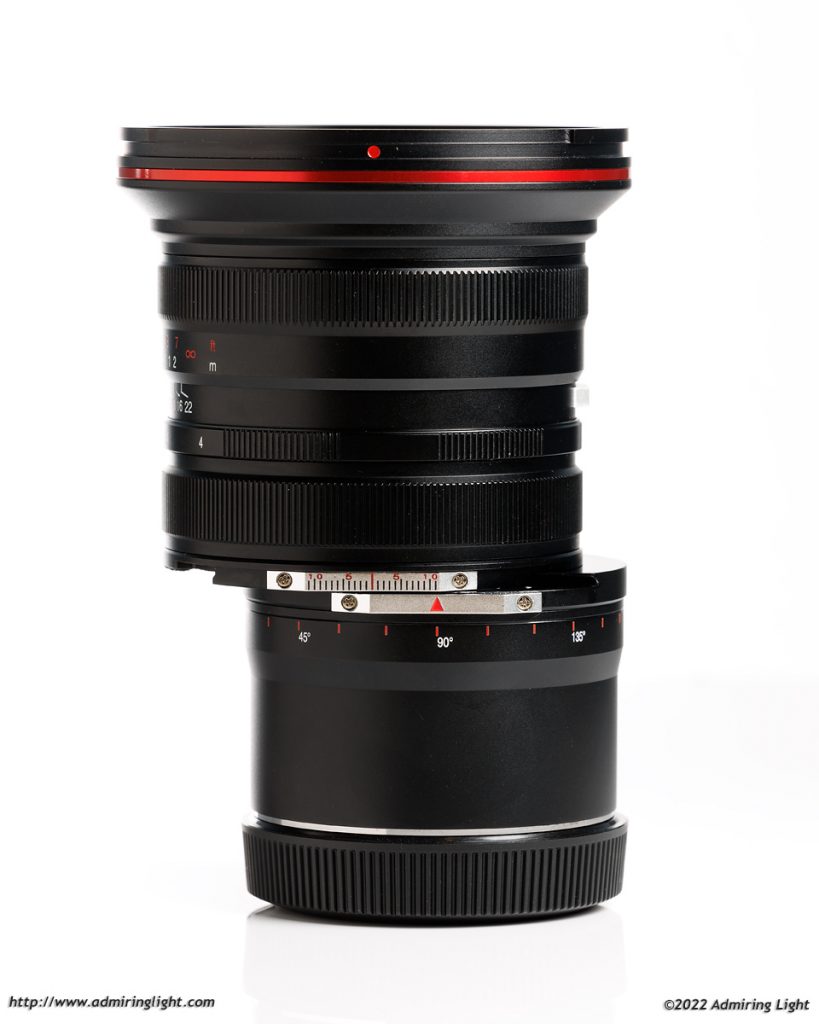Today I’m taking a deep look at the new Laowa 20mm f/4 Shift lens. As a photographer who shoots quite a lot of architecture, I have always enjoyed shooting with shift lenses. Shift lenses allow for the control of perspective distortion, often shown as converging vertical lines, by allowing you to keep the camera perfectly level and shift the lens to achieve your desired framing. These lenses have been around for years as a means to take the tilt and shift movements available on large format cameras and move those capabilities to smaller formats. Due to large image circle required, wide-angle shift lenses have always been more problematic to construct, but in recent years we’ve seen more and more wide shift lenses, and this trend continues with today’s lens. Laowa previously released their ultra-wide 15mm f/4.5 shift lens, which I found to be extremely useful and fun, but perhaps a bit extreme for everyday use. The Laowa 20mm f/4 strikes a great balance, in my opinion, providing plenty of width, but without being too wide for a lot of applications. Let’s get into the details.

What is a Shift Lens?
If you haven’t ever used a shift lens before, they essentially work by having an image circle that is significantly larger than the image sensor. As such, this image circle can be shifted up, down, left, right, or diagonally to capture an image from various parts of the image circle. If you’ve shot pictures of tall buildings, you know that angling your camera up or down to capture an image causes straight lines to converge towards the top of the frame (when angled up) or the bottom of the frame (when angled down). A shift lens allows you to keep the camera perfectly level, thereby ensuring perfectly straight lines, and then shift the optics of the lens to provide the framing you desire. This method of perspective correction results in significantly better quality than using a wider lens and then correcting the vertical lines during post-processing.

To see how this works, take a look at the diagrammatic image above. The Laowa 20mm f/4 Zero-D shift has a 65mm image circle, which is significantly larger than the image sensor (denoted by the black outline in the center). When shooting with the shift lens to correct perspective distortion, the photographer keeps the camera perfectly level and then uses the shift mechanism to shift the image circle in whatever direction is desired. In this example, the red outline shows the area that would cover the sensor with a shift movement of 9.5mm vertically. The Laowa 20mm can go all the way to an 11mm shift, which allows the sensor to be covered by the image circle even when shifted along the long axis.
The shift mechanism can also be used to stitch multiple images to create panoramic shots with ease. The simplest method is to create a three shot shift panorama by taking three images at maximum shift, centered, and then maximum shift in the other direction. By rotating the shift axis, this can be done horizontally or vertically in both landscape or portrait orientation. I found it most useful when shooting in landscape orientation and then shifting vertically to expand the vertical angle of view, but it can be done for most any situation.

Also, for extremely wide shots, shifting the camera to maximum shift and taking many images can allow for capturing large portions of the image circle. The shot above, for example, is a 13 shot shift panorama that created a very wide, yet still perspective corrected shot.
Shifting just the lens works well for panoramas in most situations. However, it’s worth noting that there is still a very small amount of parallax here, as the optical axis of the lens does change when shifting, though only by 11mm. Modern image processing software can easily correct for most of these small parallax changes. For images with a lot of close foreground information, though you may run into some stitching artifacts. It is possible to get perfect stitching, however, by using Laowa’s Shift Lens Support, which locks the lens in place, and shifts the camera instead, thus ensuring absolutely pixel perfect panorama stitches with zero parallax.
Construction and Handling
The Laowa 20mm f/4 Zero-D Shift is a fully manual lens constructed predominantly of metal and glass. Like almost all of Laowa’s lenses, there are no electronic connections, so there will be no lens EXIF data and aperture is fully manual. For many lenses, this may pose a problem, but on a shift lens, I don’t think it’s a big deal at all. Shift lenses are best used on a tripod, when you have time to carefully compose your shot and take the image. As such, a few extra seconds to focus and adjust aperture do not pose any operational problems. The Laowa 20mm f/4 Zero-D shift is available for a wide variety of lens mounts. The copy reviewed here is the Canon RF mount, but it is also available for Canon EF, Nikon F, Nikon Z, Sony FE, Panasonic/Leica/Sigma L-Mount, Pentax K, and Fujifilm GFX (where the image circle allows for 8mm of shift).
Like most shift lenses, the 20mm f/4 Shift is a reasonably large lens, and the mirrorless versions will be larger than the DSLR versions due to the shorter flange distance, which must be made up by using a longer lens tube. The lens is around 750g in weight, so it has some heft, but isn’t excessively heavy. The lens is very solidly built, and all the moving parts have tight tolerances with no slop in any of the mechanisms. The Laowa 20mm f/4 is a shift lens only, and does not feature a tilt mechanism to alter the angle of the focal plane, unlike the Tilt-Shift lenses from Canon and Nikon. Like all shift lenses, there are additional controls when compared to a traditional lens, and as such the Laowa 20mm has four distinct control points.
At the front of the lens sits the focus ring, which turns very smoothly from the minimum focus distance of 0.25m to infinity. Despite the wide angle, it is critical to get focus correct on this lens to maximize sharpness throughout the frame. I found that for most subjects, placing the focus between the 2m mark and infinity yielded excellent sharpness throughout the frame.

Behind the focus ring is a slim aperture ring, with markings at the full stop settings between f/4 and f/22. The lens has detents at each of these settings. Behind the aperture ring is Laowa’s unique shift ring. Most shift lenses use a geared knob to adjust the shift mechanism, but Laowa uses a geared ring, which moves the lens elements when turned. I really like Laowa’s control here, as it makes shifting the lens much easier than using a knob to do so. There is a small knob associated with the shift function, but it’s a locking knob to keep the lens at the desired level of shift. A gentle turn locks and unlocks the shift movements.
The Laowa 20mm shift can shift up to 11mm in either direction along the shift axis. Like almost all shift lenses, the axis of shifting can be rotated. The final control is the rotation mechanism, which is unlocked via a metal tab at the back of the lens, which allows you to smoothly turn the lens to any orientation. The rotation mechanism has detents every 15 degrees of rotation. Rotating the shift axis allows you to change the shift orientation between landscape and portrait orientations, as well as use diagonal shift. Diagonal shift can be useful for obtaining a precise perspective through camera position and then framing off-center, as well as for shift panoramas as previously discussed.
Unlike most super-wide shift lenses, the Laowa 20mm f/4 Shift has a fairly normal front element and can take standard 82mm screw-on filters. This makes it the widest true shift lens that can take screw on filters. Laowa does make a 15mm Macro shift lens that takes filters, but this lens is not really intended for architectural use. It can only shift 6mm, and lacks any rotation abilities for the shift axis, making it extremely limited for architectural shooting.

The lens also comes with a sturdy and unique metal lens hood. The hood locks onto the lens with a bayonet mount that is then secured by a thumb screw. The petals themselves can rotate within the hood mechanism, and move in 15 degree increments with detents to hold them in place. The hood provides nice shading for the lens when unshifted, but will require you to use that petal rotation when shifting the lens beyond a couple of millimeters. Rotating the petals to be perpendicular to the axis of shift will keep the hood out of the frame for every position except for 45 degree diagonal shifting, where a small amount of the hood will still remain in frame at the very corner at maximum shift. While I really appreciate the engineering and thought that went into this hood, I have tended to leave it at home. It is just another thing to remember to adjust, and it also cannot reverse for storage, so it makes the lens larger as well.
One final thing worth noting: When using the in-body image stabilizer on my R5, I found the Laowa 20mm to work fine with it when using the lens unshifted, but when the lens is shifted, the stabilizer doesn’t seem to be able to compensate for the differing optical axis..as such, when using the lens shifted and handheld, it’s a good idea to turn off IBIS.







Leave a Reply